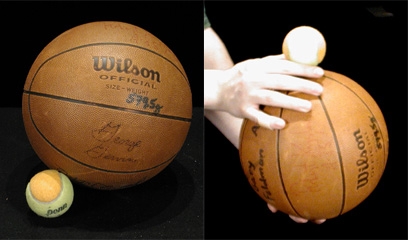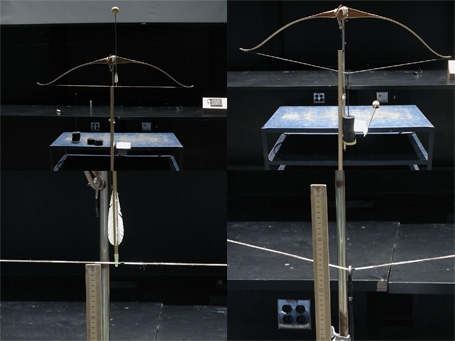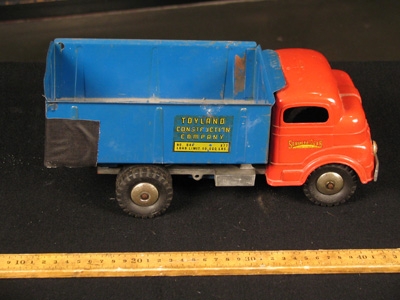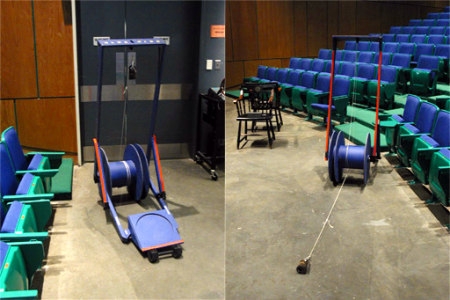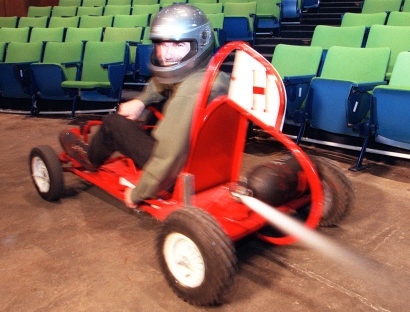Harvard Natural Sciences Lecture Demonstrations
1 Oxford St Cambridge MA 02138 Science Center B-08A (617) 495-5824
enter search criteria into the search box
Filter By
- Electrostatics (7)
- Electric Fields and Potential (8)
- Electric Currents; DC Circuits (9)
- Fields of Moving Charges (4)
- Magnetic Fields and Forces (2)
- Induction and Faraday's Law (13)
- Electric Fields in Matter (2)
- Magnetic Fields in Matter (7)
- Electromagnetic Waves (7)
- Electromagnetic Devices (1)
- AC Circuits (6)
- Measurement and Kinematics (10)
- Center-of-Mass and Relative Motion (4)
- Forces in Equilibrium (15)
- Simple Machines (4)
- Newton's First Law (4)
- Newton's Second Law, Gravity and Friction Forces (19)
- Newton's Third Law (5)
- Impulse, Work, and Energy (4)
- Conservation of Linear Momentum and Energy (12)
- Angular Momentum (9)
- Rotational Dynamics (moment of inertia and the action of torques) (9)
- Rotational Dynamics (centripetal forces and rotating reference frames) (9)
- Strength of Materials and Properties of Matter (5)
Copyright © 2024 The President and Fellows of Harvard College | Accessibility | Digital Accessibility | Report Copyright Infringement
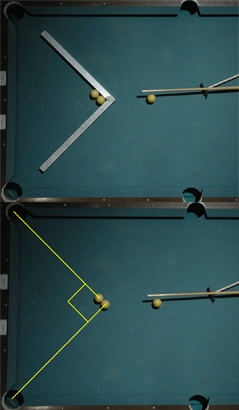
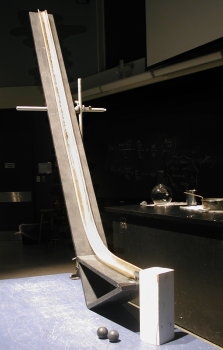 ...
...